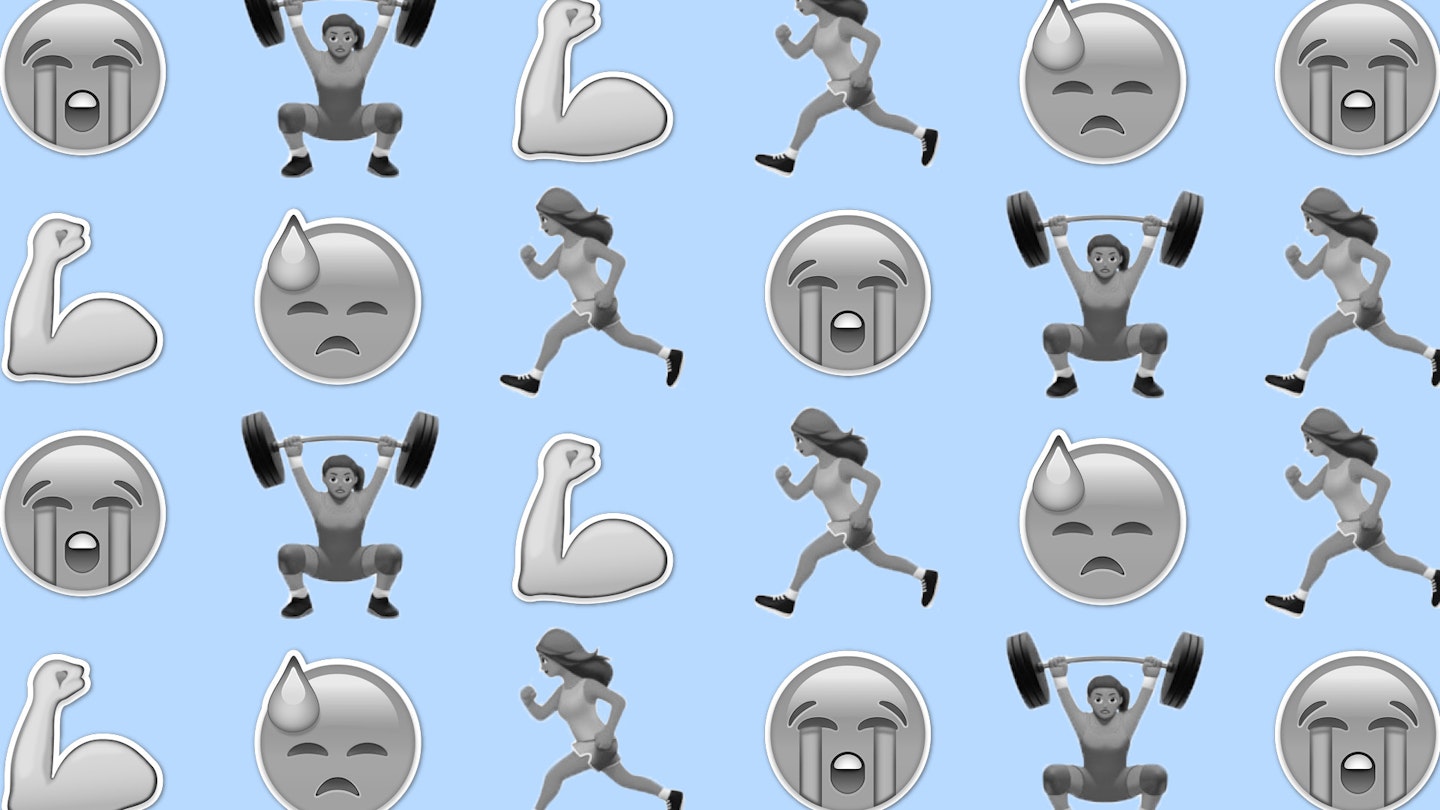I’m lying on a gym mat, my new personal trainer holding my legs above my head because I feel like I might throw up or faint. It’s the second time in half an hour that I’ve succumbed to my basic need to survive and had to lie down mid-set. It’s the millionth time I’ve reminded myself never to do another PT session.
Within minutes, he’s ordering another 30 seconds of crunches, telling me ‘you clearly rest too much during your own workouts, this is what you need to do if you want quick results.’
‘Hold the fuck on,’ I think, ‘who said I want quick results?’
I finish the session, just about, and he continues to tell me everything I would need to sacrifice if I want the body he’s assumed I want (because, in his words, having a smaller waist to accentuate the glutes ‘is what every girl wants’). The whole time I’m nodding, I’m wondering what excuse I can come up with not to take up his £200 5-week ‘deal’, since ‘I really do not give a fuck about getting a “bikini body for Summer”’ is probably a bit rude.
I tell him I can’t afford it and hastily leave, grateful I can get back to my solo-sessions, resting as much as I want and not feeling like I might keel over any second. You see, for me, the gym isn’t somewhere I go to kill myself doing cardio, dreading it all day and almost throwing up when it’s over. In fact, the gym is where I go to relax.
Since working a gazillion hours a day during my master’s degree, the gym has been my safe haven, where I could go and do something productive without feeling guilty about all the other shit I should really be doing. While I do enjoy the greater strength and toner abs it has given me, the gym does more for my mental health than it does my physical. And that’s exactly why I hate intense PT sessions, or ‘killer cardio’ classes, or any other ridiculously hard work out that pushes me so far that I begin to hate what I’m doing.
Enjoying the process of a work out is, for me, essential to maintain motivation in the long term. I’m happy for improvements in my strength and fitness to take six months longer than necessary if it means I’m not crying when I’m working out. If this is going to be your lifestyle, which is a much healthier option than yo-yo exercising and dieting for Summer, then it needs to be something you actually like to do, surely?
Yet, we’re constantly fed this idea that we should literally be dying in the gym. Take Jillian Michaels ‘Killer Cardio’ workout, or the ever popular ‘Insanity’ DVD’s. Why is working out to the point of insanity or killing yourself healthy? It’s not. In fact, studies have shown that newcomers to extreme cardio classes, specifically HIIT workouts, can result in rhabdomyolysis, which causes muscle pain and if left unchecked can lead to kidney damage.
A 2016 study published in the [American Journal of Medicine](http://www.amjmed.com/article/S0002-9343){href='http://www.amjmed.com/article/S0002-9343(1631206-2/fulltext)' target='_blank' rel='noopener noreferrer'} found that the condition, normally associated with military training camps, was present in a number of patients at A&E showing symptoms following their first spin classes. The result is as if their muscles are ‘melting’, and is caused because intracellular muscle constituents break down and leak into the blood stream. Researchers concluded that 'the high-intensity exercise associated with “spin class” comes with significant risks to newcomers.'
Jinger Gottschall, associate professor at Pennsylvania State University, researched the effectiveness of HIIT workouts and found that just two 30-minute sessions per week were optimal to allow proper recovery time and ensure correct performance.
‘Too much HIIT without proper recovery will prevent you from reaching the intended maximal heart rate training zones during your high-intensity training session,’ she told Les Mills’, ‘this means the workouts simply become vigorous training but without the same results.’
She also found that without taking much needed rest time, you’re more likely to become injured, continuing ‘when you are fatigued, the core cannot properly support the trunk, increasing the likelihood of injuries to the shoulder or lower back.'
Click Play: Seven Foods You Never Knew Were Superfoods
Larry Koyama, a leading physiotherapist and co-owner of Fit Physio, has seen the result of this first hand. In his practice, clients with acute injuries from exercise have increased by around 30% in the last year.
‘What we’ve noticed as a trend over the last year is more and more people doing high intensity exercise, which is a really good thing to do but sometimes people aren’t conditioned enough to go straight into that intensity of exercise,’ Larry tells me.
‘They might start at home doing lots of jumping, squats and lunges, which are all really good exercises, but often they do it too quickly or progress too fast and, especially young ladies, tend to get anterior knee pain from all the bouncing.’
It’s the implication of these new, trendy, ‘killer’ workouts, that tell you to push yourself to the limit, even when your body is screaming at you to stop, that not only makes you hate your workout, but also increases your chance of injury.
‘Physiologically speaking, it’s really important to have appropriate rest periods, not just during that particular exercise but also in between exercise sessions’, he continued, stressing that the principle of high intensity workouts is to enable you to have recovery stages in between, ‘to maintain a high intensity bout of exercise for a long time does increase your risk of injury absolutely, particularly if your new to that form of exercise or you’re not used to it.’
Richard Emmerson, owner of Pure Dynamic Osteopathy, agrees. According to him, suddenly pushing yourself too hard is a high-risk factor for injury.
‘Poor technique, lack of physical awareness, sedentary lifestyles and most importantly the sudden speed of progression create a perfect storm for repetitive strain injuries such as stress fractures, tendon injuries and ligament strains.’
For Richard, HIIT workouts can be great for cardiovascular health, however ‘the issue is the speed and intensity of the movements and the lack of attention to form and technique’. He believes that they need to ‘be adaptable to your age, hormone levels, cardiovascular health, ability and previous history of exercise.’
Larry also stands by this, stating that having different classes according to ability is key, along with ‘doing the building blocks of exercise’, which mean focusing on strength and flexibility instead of rushing straight into your nearest HIIT class.
‘A lot of people don’t do their strength work before they increase the frequency and intensity of their exercise, so we know more and more that lower limb load and strength training is a really important part of injury prevention’, he tells me.
And it’s not just your physical health that’s impacted by pushing yourself too hard every time you go the gym, it’s your entire attitude towards being fit and healthy. Sapan Seghal, owner of London Fields Fitness Studio, is a strong proponent of making the gym part of your lifestyle, not a 6-week stint in the run up to Summer.
‘There’s no point going to the gym and not pushing yourself at all,’ he tells me, ‘but you also need to have the mindset that “this is part of my life, I’m going to the gym because I enjoy it, it gets my stress out of the daily job, it gets me out of my mindset”, for a healthy mind and body you have to enjoy it,’ he explains.
And that means also enjoying your life outside the gym too, Sapan maintains that having a social life, family life and work life should be just as important as exercise.
‘If you want to have a glass of wine after work with your friends then that’s fine, but it’s like with everything in life, moderation is key,’ he continues, ‘enjoying all aspects in life makes you a whole person, if all you do is go the gym and kill yourself everyday you’re going to become a very boring person and have very few friends’
It’s the mindset that’s built him and his studio a huge following, with the BBC’s Best In Town series dubbing him one of London’s top three personal trainers. Talking to him I feel vindicated in my attitude towards the gym, after all, I’ve managed to stick this out for three years, and it wasn’t from making myself sick at every session.
Accepting that this is a long-term choice, and that, if you are looking for certain results, they will take time, all seems to be part of the journey. So, while my PT stands over another client, holding their legs in the air while they breathe through the nausea, I’ll be by the squat rack sipping on water taking my sweet time. After all, when it comes to getting fit, I’m here for a good time AND a long time
No time to go the gym? Click through to see all the essentials you need for a home gym...
Essentials For A Home Gym
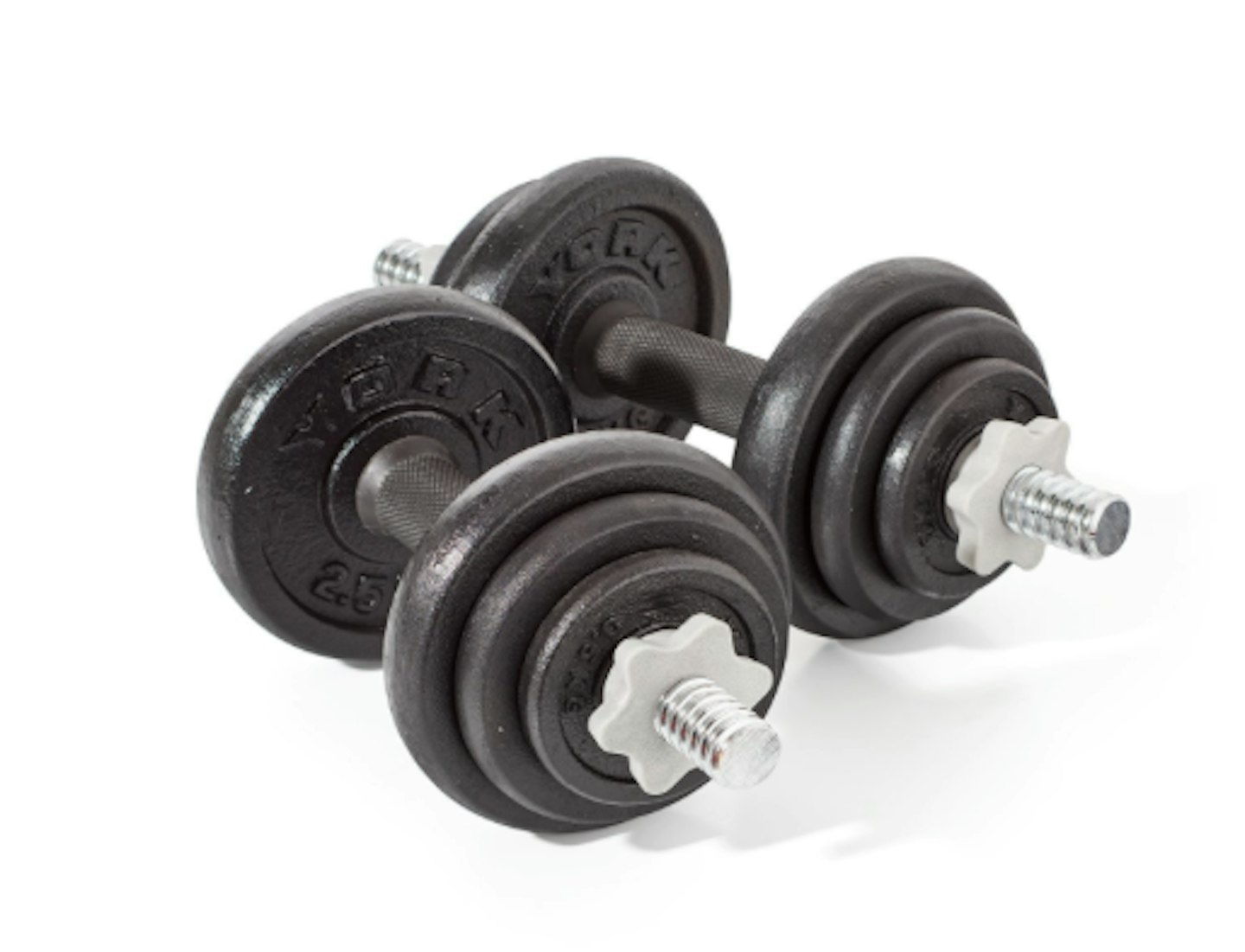 1 of 15
1 of 15Dumbbells
If you're going to start anywhere, start with dumbbells. A gym staple, you could start off with one set of light weights or go all out and buy multiple different ones. You can use dumbbells to train any body part, whether it's bicep curls for arms, a russian twist for your core or you could even hold it at your chest while you squat. They're super versatile and multi-use, the most essential of all the essentials.
 2 of 15
2 of 15Exercise Ball
Exercise balls aren't just a stretching tool, they're also amazing for core routines and to add some extra resistance into tired workouts. You can sit on them for any upper body workout if you also want to improve your balance.
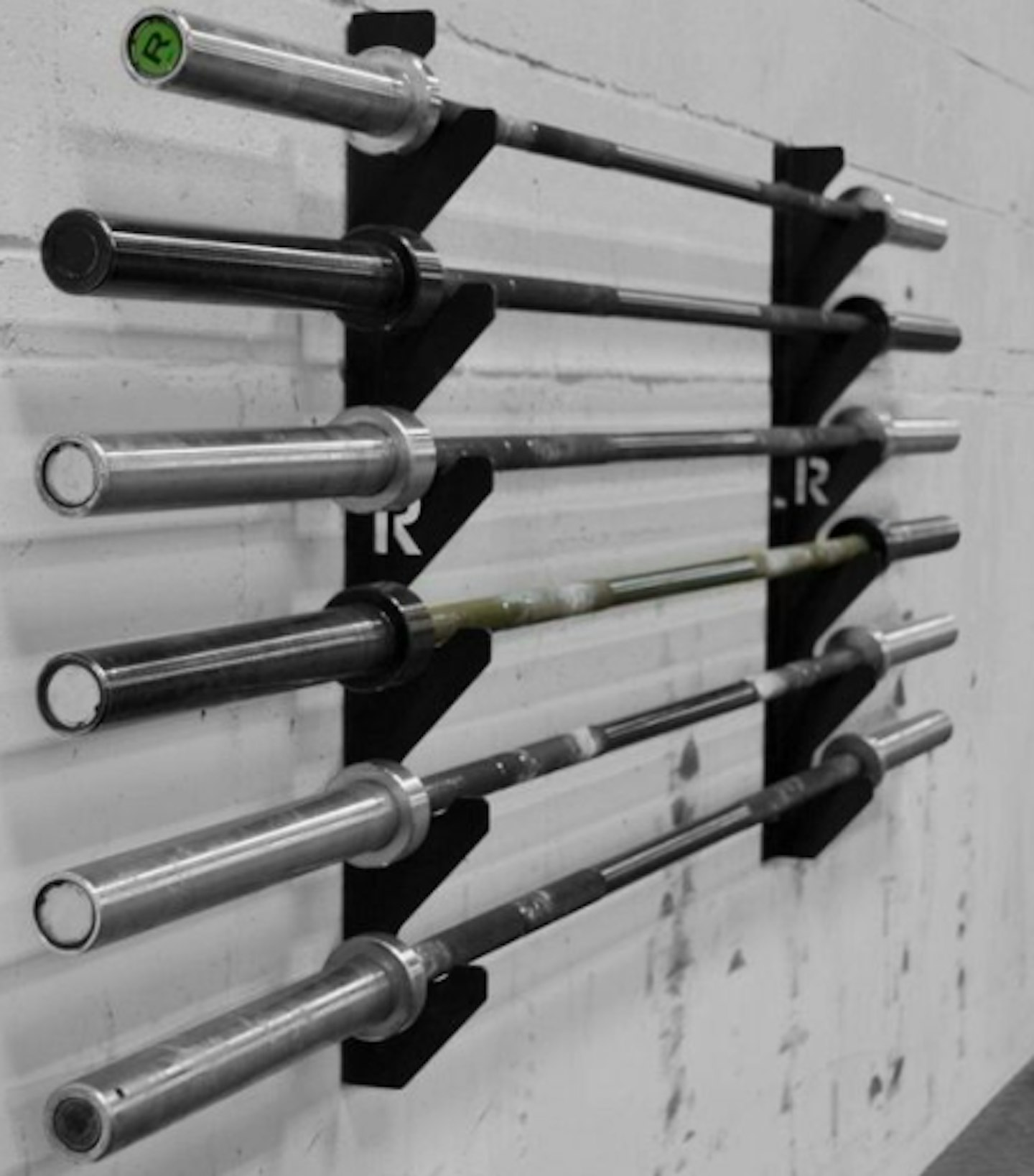 3 of 15
3 of 15Barbells
For anyone who really wants to kit out their gym, barbells are a great choice. They're essential for weight training, and if you have the space to build a rack will help you squat, deadlift and hip thrust - the glute holy triangle - at home.
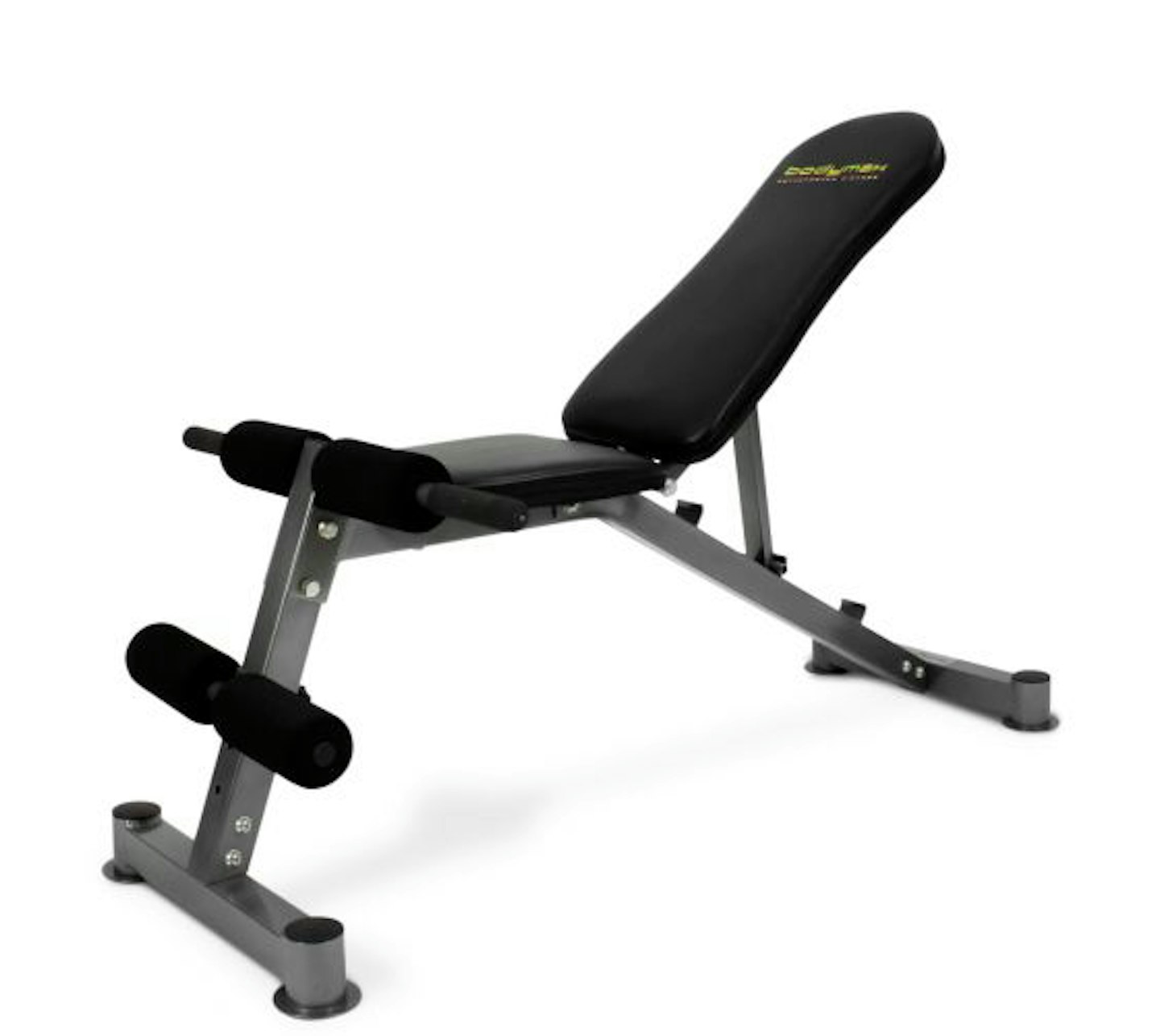 4 of 15
4 of 15Utility Bench
Another investment if you're really serious about your home gym, having a utility bench that's versatile like this one will kick your workout routine up a notch. You could use this as a normal bench for chest and back exercises, or put into into a decline to use for core exercises. At some point in your home workout, you will find yourself needing a sturdy surface, so a utility bench really is essential.
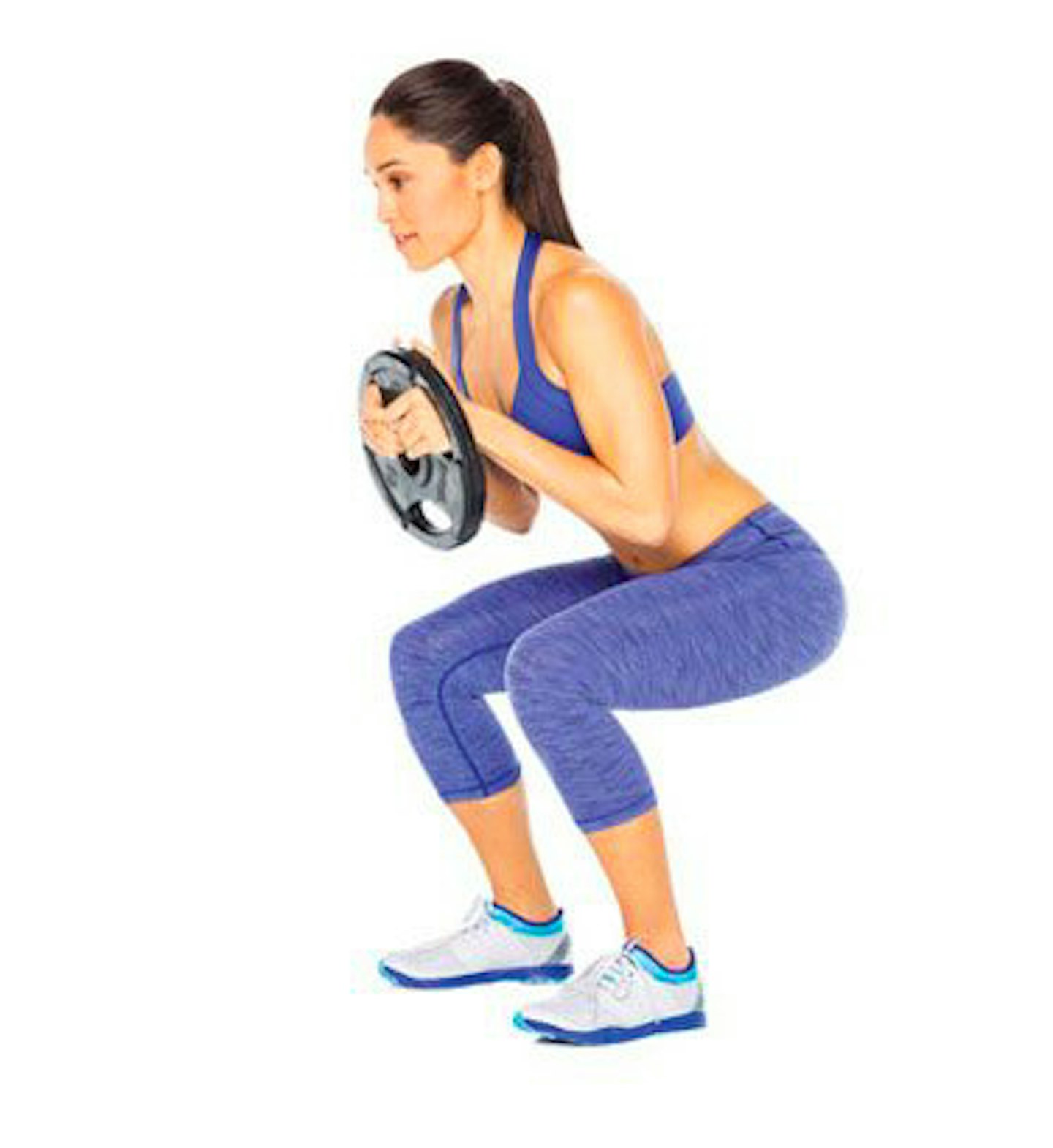 5 of 15
5 of 15Weight Plate
Weight plates are the perfect addition to any workout routine. Not only are they a necessity to add weight to your barbells, they can be used alone. Hold it to your chest and sumo squat, raise it above your head for a good shoulder burn or place it on your back while you plank, it's a great all-rounder.
 6 of 15
6 of 15Sliders
This is a small, but super useful purchase for anyone wishing to step up their core workout. Try putting sliders under your feet as you plank and bringing your knees into your chest, your abs will burn like nothing else. Doing this as part of your home workout a few times a week will have your abs looking amazing in no time.
 7 of 15
7 of 15Resistance Bands
Another small, vital purchase, is resistance bands. They're great for warming up any muscle group, or adding extra resistance to a boring routine. Use them to activate or burn-out your glutes at the end of a workout and you'll find home workout gives gym bunnies a run for their money.
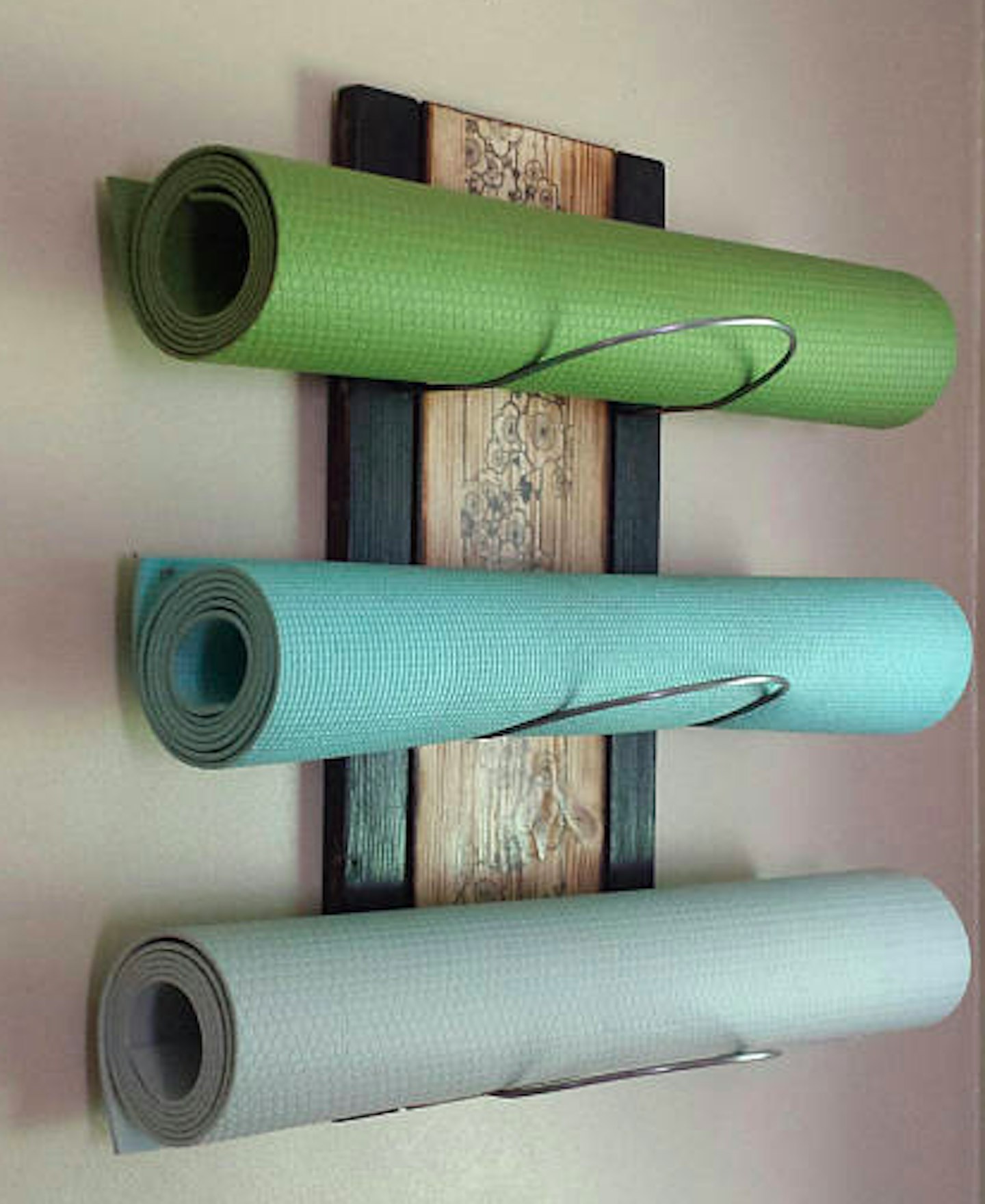 8 of 15
8 of 15Yoga Mat
You will most definitely find yourself in need of a mat during any workout. Whether it's just protecting your knees while you stretch, or stopping you from sliding about while you lunge, a mat is key to giving you that extra support.
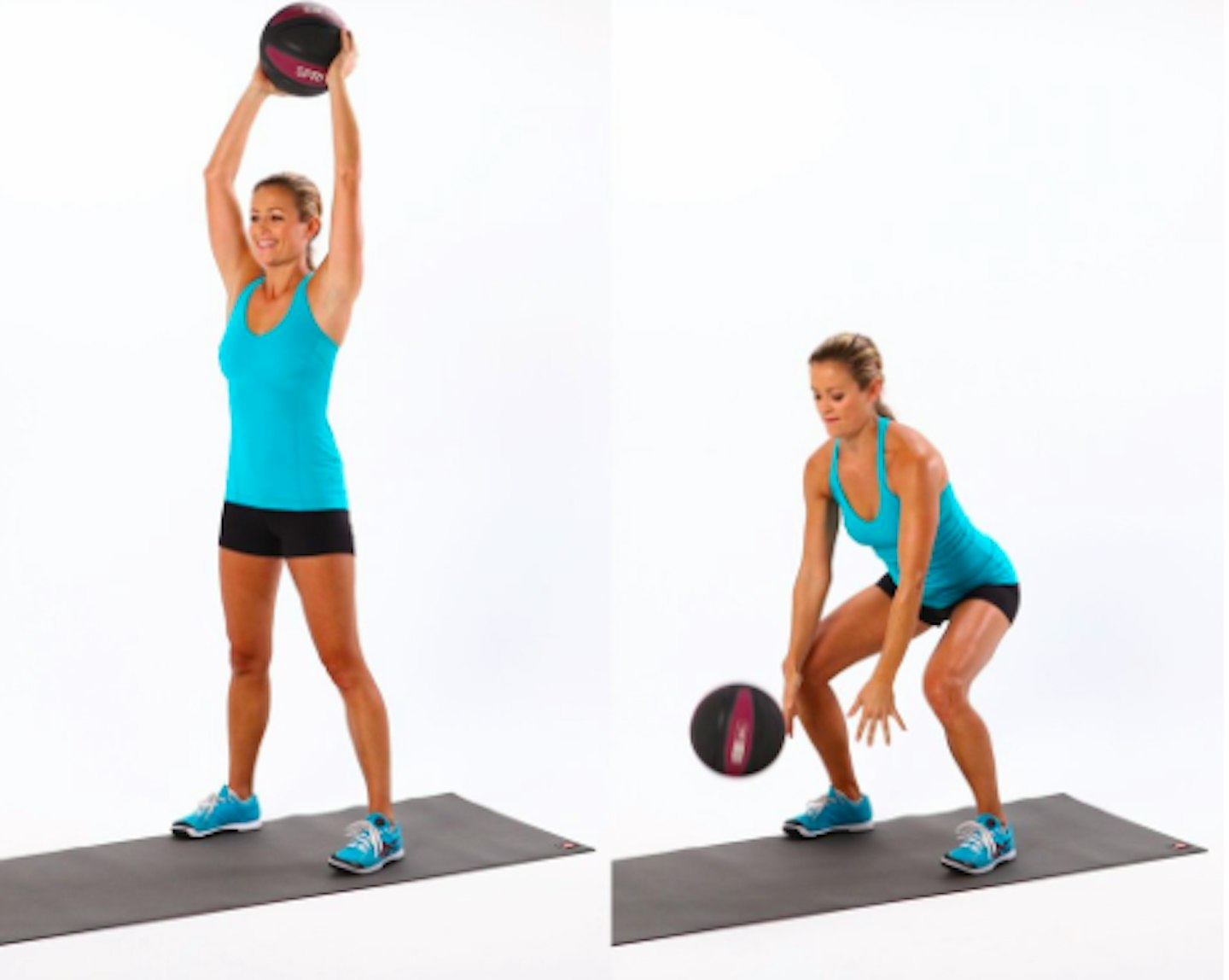 9 of 15
9 of 15Slam Ball
One of the more difficult things a home gym can't provide is a cardio machine. Alas, you have to find other ways to get your heart rate up. Slam balls are a great piece of equipment, not only to get out any post-shit-work day anger, but to warm you up and get your blood pumping. Adding ball slams into any HIIT workout will have you sweating like no other.
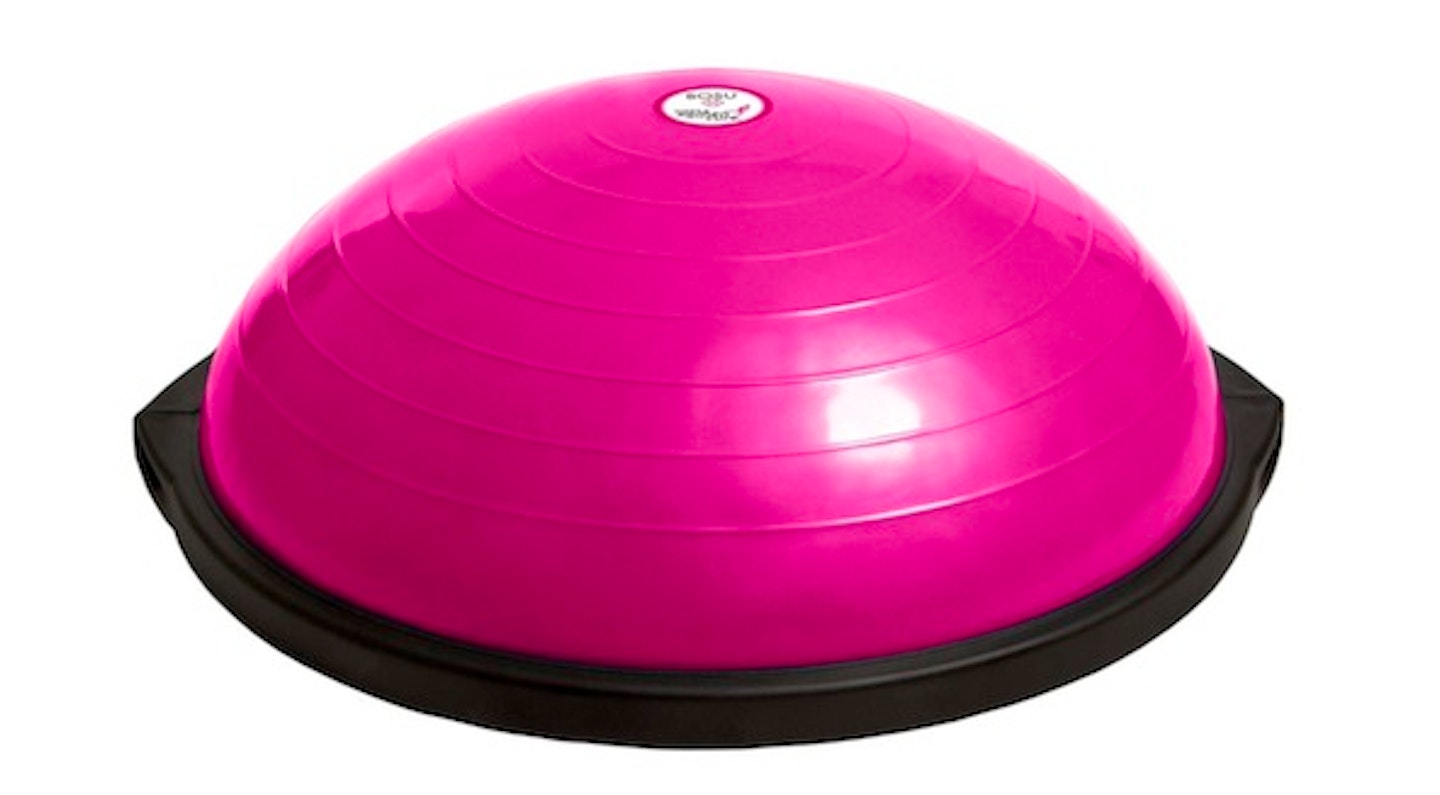 10 of 15
10 of 15Bosu Ball
Just attempting to balance on one of these is a core exercise in itself, never mind planking, crunching or twisting on it. It's a relatively small purchase to help improve your core routine, and can also better your upper body workout if regular push ups are old news for you.
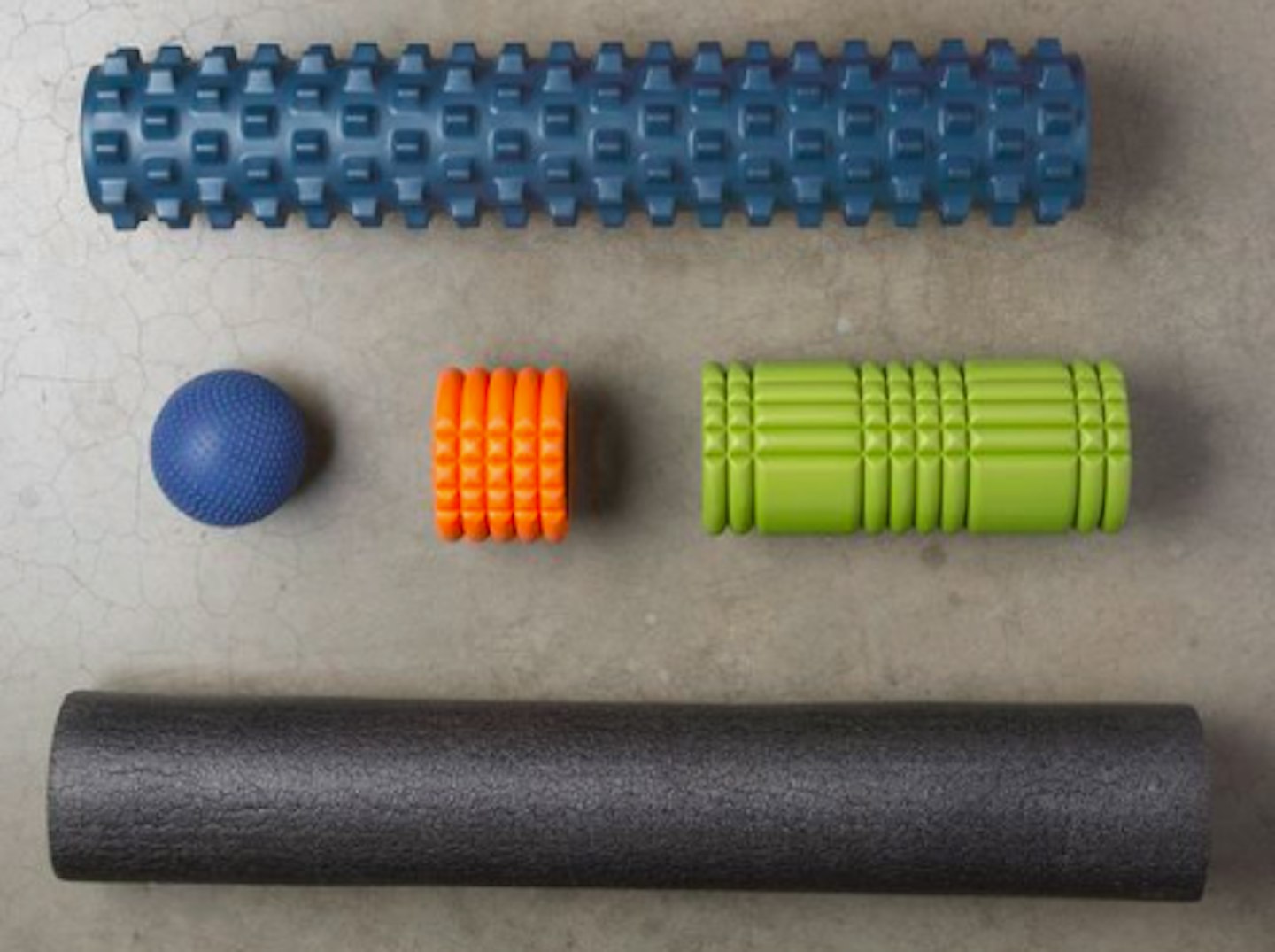 11 of 15
11 of 15Foam Rollers
If you're going to start lifting weights, a foam roller is key to repairing your muscles. Use it before to warm up and after to help relax the muscles you've just went in on, it might be an uncomfortable warm-down routine but it will definitely help stiffness the next day.
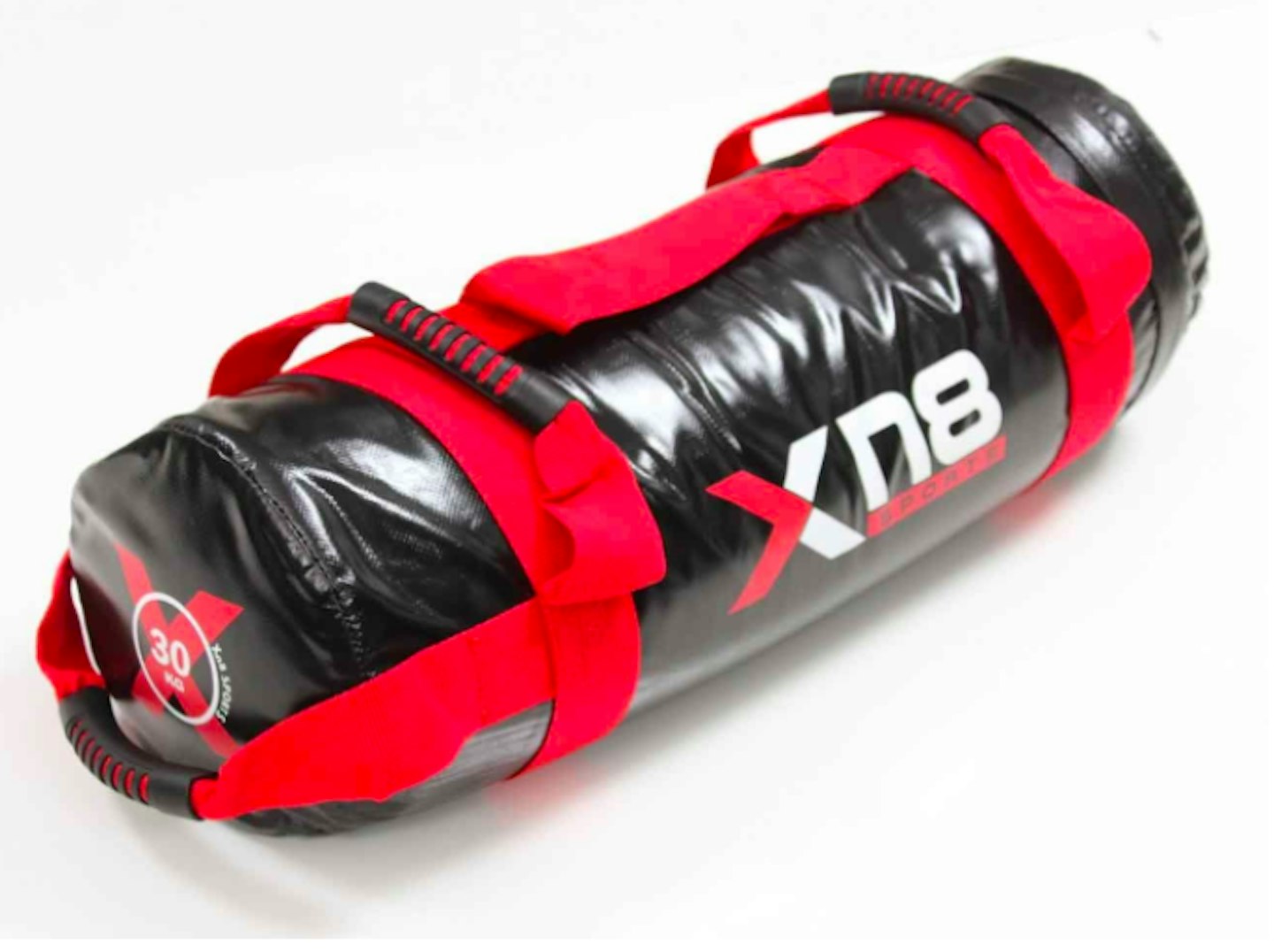 12 of 15
12 of 15Power Bag
These are the new gym equipment on the block and are slowly making their way into everyones fitness routines. An alternative to a barbell, which can be awkward to store, a power bag will up your weight lifting game. Throw it on your back to squat, or use it to row, it's another multi-use item that will add resistance and weight to your workout.
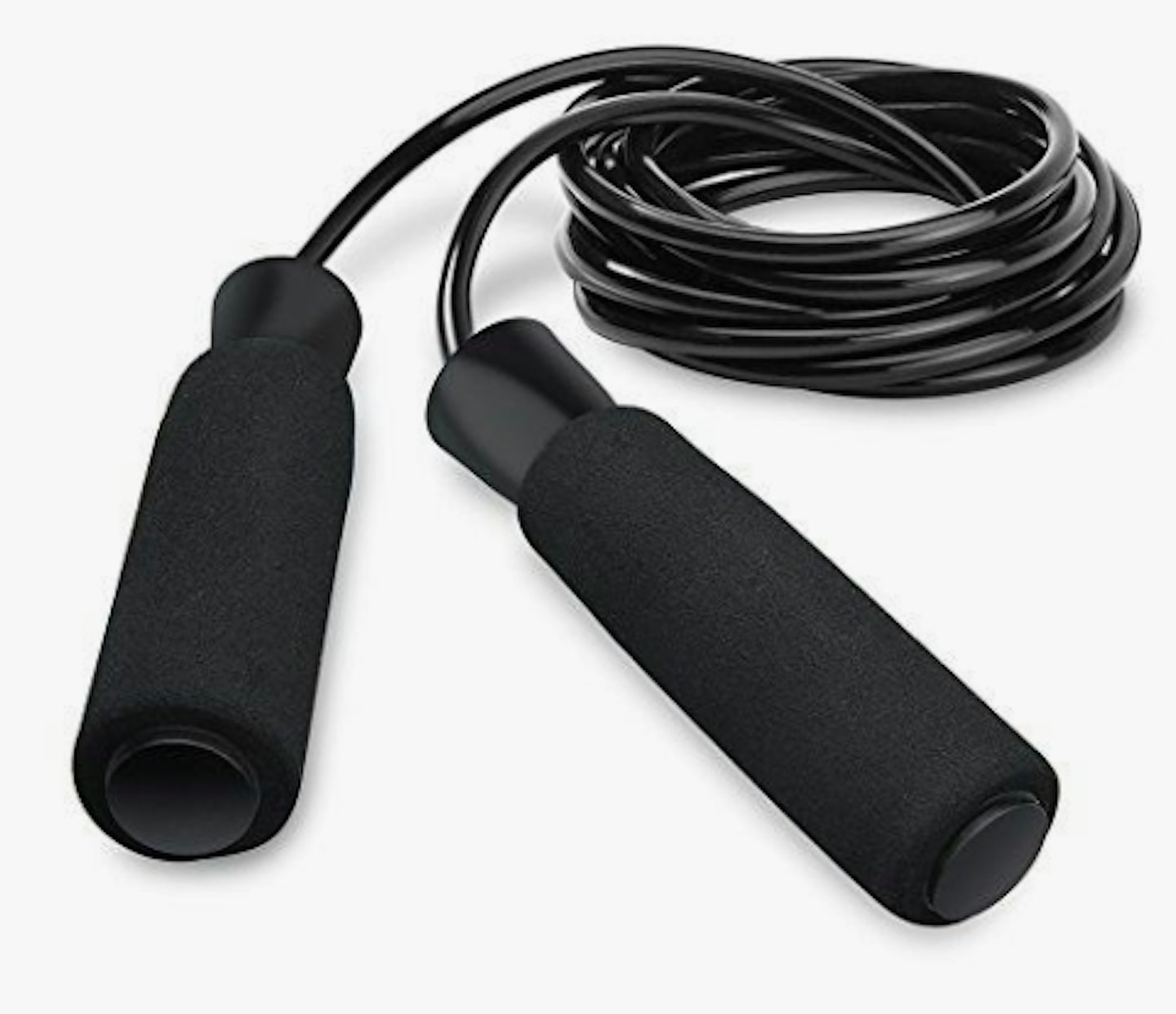 13 of 15
13 of 15Skipping Rope
This old favourite is another great way to get your cardio up if you don't like running and can't afford to fork out for a stairmaster (who can?). Not only will it get your heart rate up, you can relive your school days doing it.
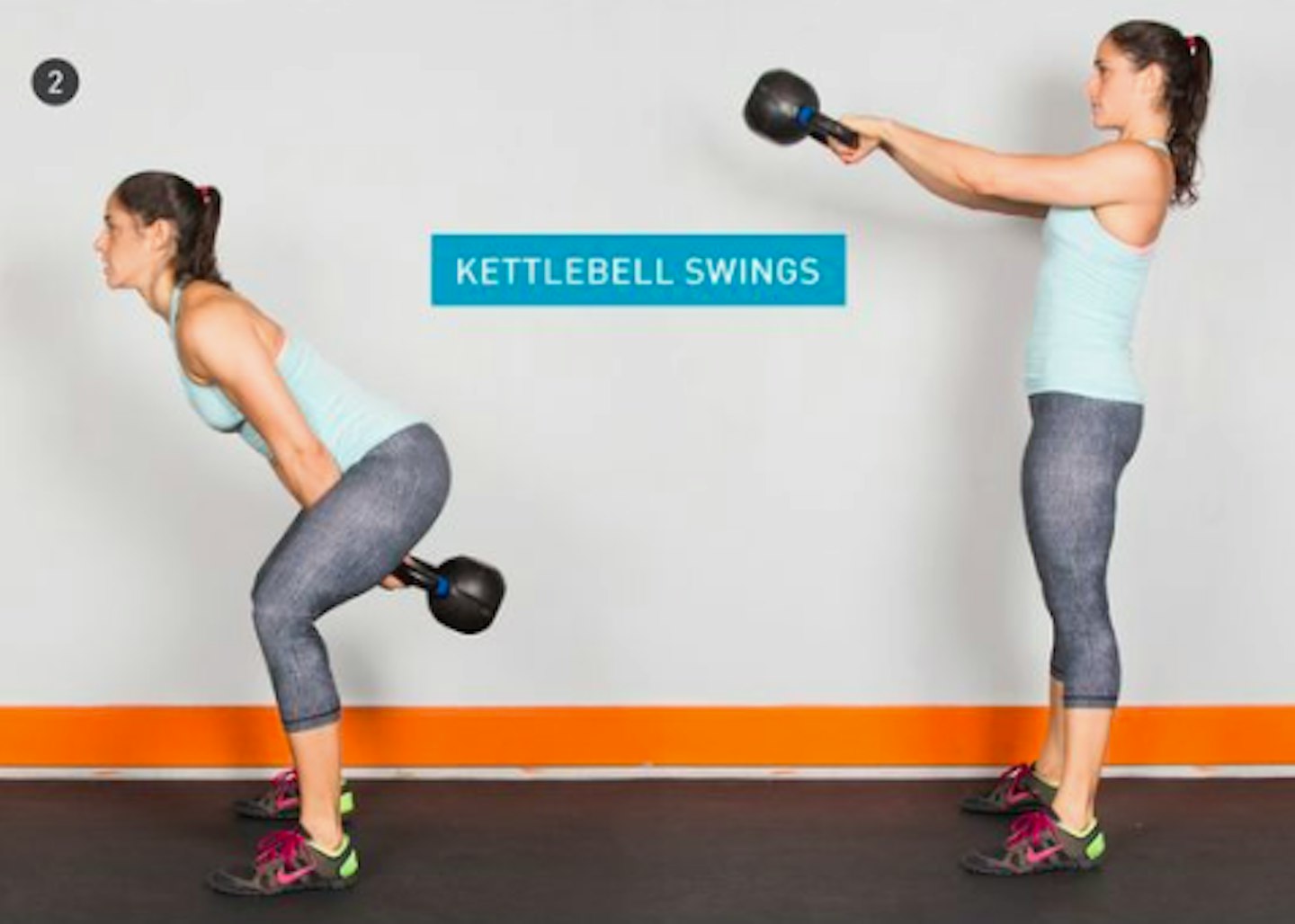 14 of 15
14 of 15Kettlebell
Kettlebell's don't have to mean just swinging them around (thank the lord), they're also great for squatting, russian twists and incorporating into any upper body routine. Having different weighted items will keep your gym versatile, because sometimes a dumbbell just doesn't quite work.
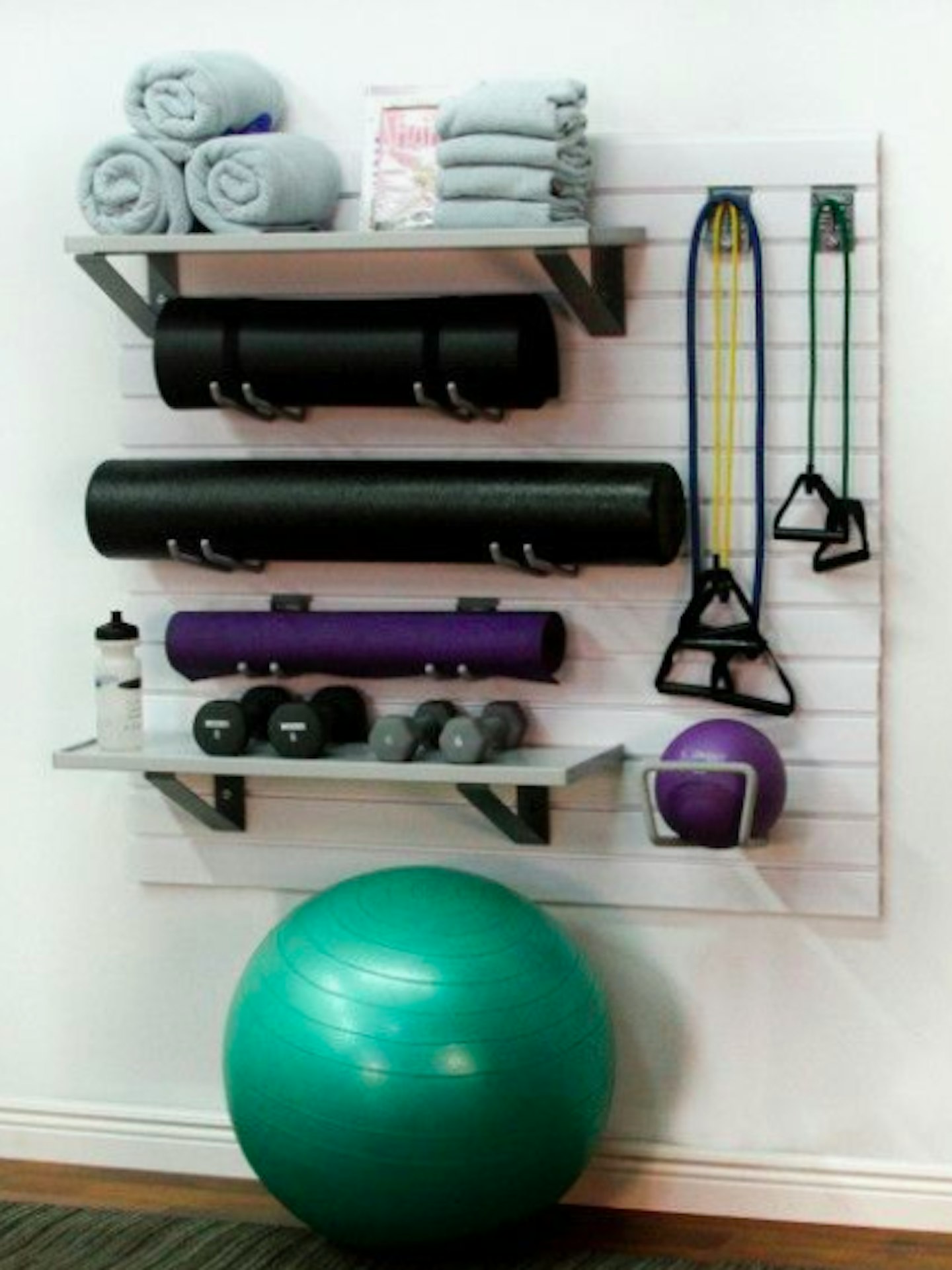 15 of 15
15 of 15Storage System
For the neat freak out there, your home gym doesn't have to be messy or take up your entire apartment. Having this small storage system in the corner is a great way to keep everything in one place, and honestly it looks quite cute! Throw some barbells underneath the exercise ball and bam, you've got a full-fledged home gym in the space a bookshelf would take (and who needs books once you're ripped?).
This article originally appeared on The Debrief.
